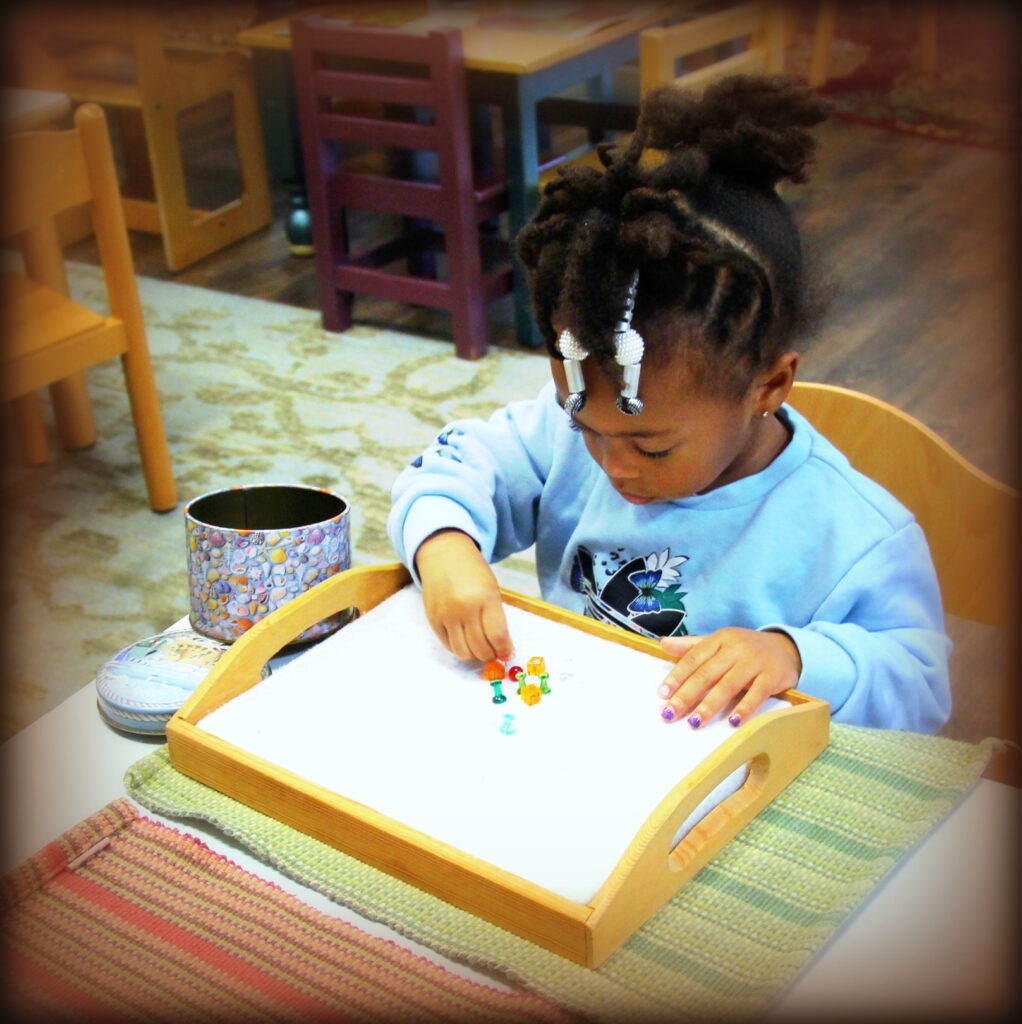Dear Parents,
As you can imagine, we have seen a lot of progress in all of our students during our Winter Season. Each child is picking up on more problem solving skills, coordination, vocabulary, focus, and creativity as they hear new lessons and explore materials on a daily basis. We hope you have enjoyed hearing about some of the lessons listed on our Friday hand-outs. While we keep the descriptions brief, don’t hesitate to ask your child about a subject area to see what they can teach you from the week’s lessons.
In this blog, we want to share more details about some particular works that are worth mentioning as most children have made their rounds in the following areas. But first, some helpful facts about the Montessori works mentioned in this blog.
Montessori Vocabulary Word to Learn – “Extension.” Extensions are new approaches to Montessori materials that have been presented in a formulaic way. After children have practiced the fundamentals of a material, they are re-introduced to the material with additional steps to challenge their abilities through problem solving skills. Revisiting old and familiar material in a new light helps the child to refine and sharpen their skills, often adding an element of creative thinking.
While your child is enjoying a variety of materials (called “works”), these in particular happen to be the most popular for nearly all students this semester:
Favorite Works in the Practical Life Area
While everyone is making their rounds in the Practical Life Area, working on skills from cleaning up after themselves to handling a variety of utensils, such as picking up objects with tongs or transferring water with droppers, we also have some works that are on popular demand with this particular group, especially with sharp objects! Do not fear – your children are learning how to be very careful with this material! As our students grow in coordination by handling tiny objects, many children have naturally picked up on the pincer grip with tacks, sewing needles, and pins, while finding ways to get creative.
Decorating a Pin Cushion with Sewing Pins. This particular work tends to be available in the Practical Life Area nearly all year long, once it is introduced. Teachers swap out the pin cushions and bead options with new colors, based upon seasons and holidays to draw students back into practice through festive touches. Our students learn to carefully handle a pin with a pincer grip, while pressing it into the cushion to create a decorative ornament.


Pin Cushion Bead Extension. As a child builds more coordination, they begin threading tiny beads onto each pin, now adding an additional step as they must use their “tiny fingers” to hold the bead in place while pushing the pin into the cushion. This practice helps a Montessori student to refine their pincer grip faster than the average student. When you pick up a sewing pin, it is only natural to handle it in a pincer position (i.e., the finger grasp that offers the best pencil control). While decorating, children practice this motion over and over again, refining their control as they get creative.
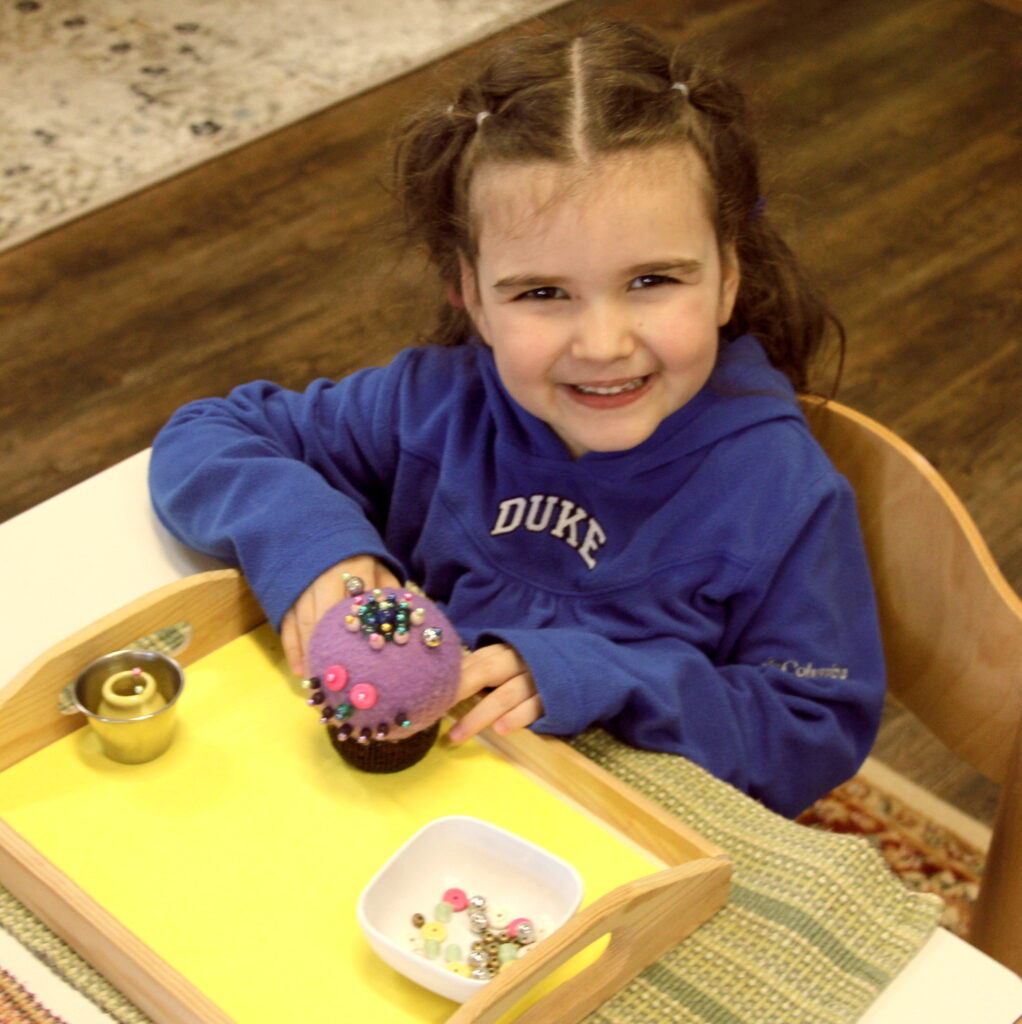
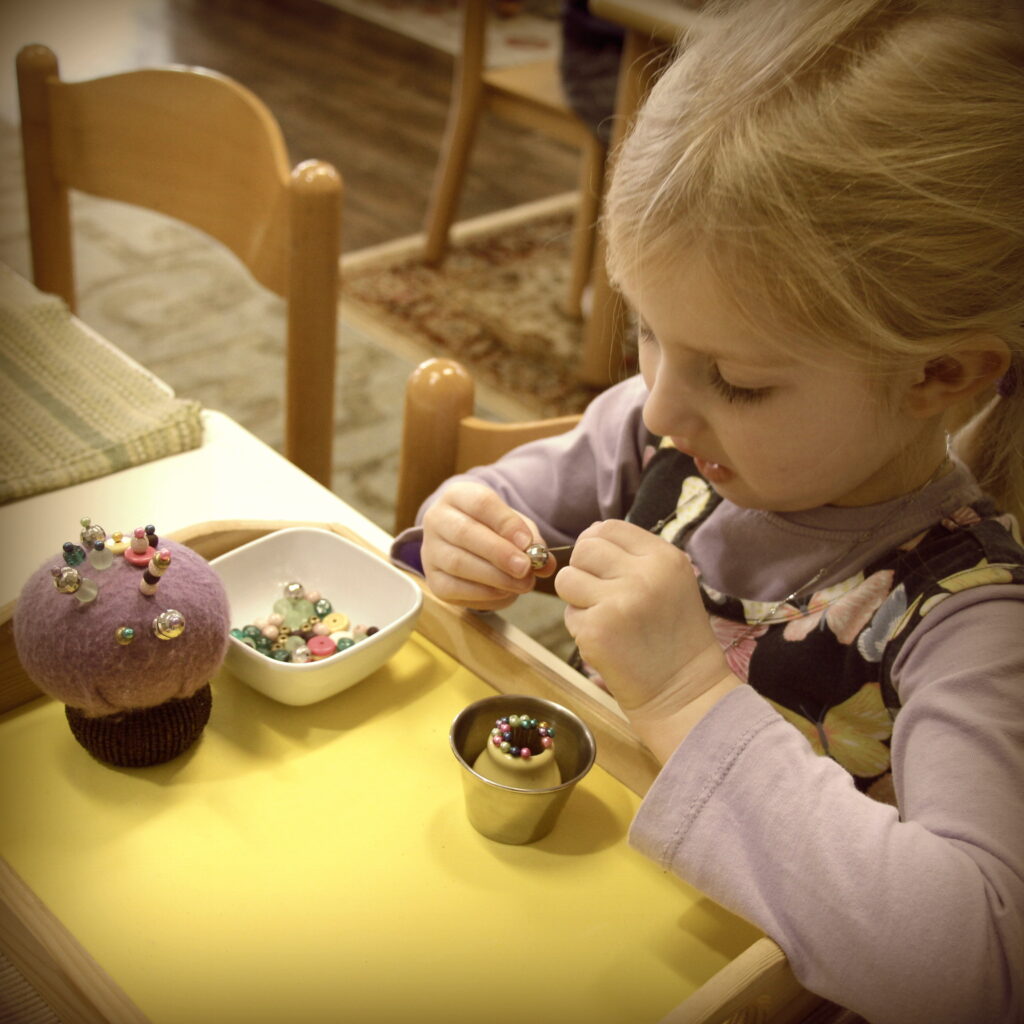
Push Pins & Cork Board. In the following work, we offer a variety of tacks for children to practice pressing into a cork board. We encourage creativity by making designs such as lining up tacks to create a pattern during our presentations, and as you can imagine, students come up with some very unique ideas on their own. Tacks are swapped out for new colors per season or holiday, and we often add extensions such as tacking paper to the board to make pin-poking art, etc.
Favorite Works in the Sensorial Area
Combining the Brown Stair & Pink Tower, an extension to the individual use of these materials.
The classic Montessori “Brown Stair” and “Pink Tower” found in the Sensorial Area teach students about grading dimensions and vocabulary around 2 types of geometric solids (i.e., cubes & rectangular prisms), including indirect math lessons. Everyone has had a chance to organize these blocks at some point in the school year, so we recently added the extension to combine the two materials by creating patterns through structures and designs — a great challenge for older students who are interested in complex patterns.

Red Rods Extensions. We first introduce measurement with this work by teaching students how to organize the rods from tallest / longest to shortest and vice versa. Now that our students have had plenty of practice organizing and grading this work, they may explore constructive extensions by creating vertical and horizontal structures.
Math Area
Spindle Box. This is an old Montessori math work that teaches children to count cylindrical rods, comparable to spindles used on a sewing machine, yet specifically designed for math concepts such as handling the physical quantities in bundles, organizing the quantities and matching the spindles to the digits. Children love the look of the spindles as they line them up like a “train track” or compare quantities by holding a large bundle of spindles in one hand and a smaller bundle in the other, making relationships with different sizes (also an intro. to inequalities terms like “more than/greater than /less than”).


Language
Beginning Sounds Objects & Storytelling. As we rotate letter sets of “beginning sounds” throughout the school year, our students have grown to love the objects involved to practice “beginning sounds words.” They especially enjoy narrating a story with the objects on a story board. Students practice pre-reading through simple phonetics, i.e., the most common letter sound of each individual letter, which is emphasized with objects beginning with the same sound (e.g., the letter b: ball, boat, bear, etc.). Our language lessons around storytelling with these works introduce fundamentals of grammatical language, sequencing, social skills and more.
Metal Insets Art. The Metal Insets are an indirect lesson on writing, constructed for pencil control as students learn to trace two different types of stencils of the same shape. Both hands are actively involved – the dominant hand holding the pencil in the pincer grip (to the best of the child’s abilities), while the supporting hand keeps the stencil in place. After the child is finished tracing, they are shown ways to color or draw within the traced shape, encouraged to stay within the lines of the shape without the help of the stencil.


Metal Inset Extensions. As our students build up their coordination, they get more creative, leading to countless extensions offered through the Metal Insets. Some examples of extensions introduced this year include layering two different shapes to make new shapes, finding shapes within an inset, using the oval shape to create a face, the triangle to create a 1-point perspective drawing , and more!
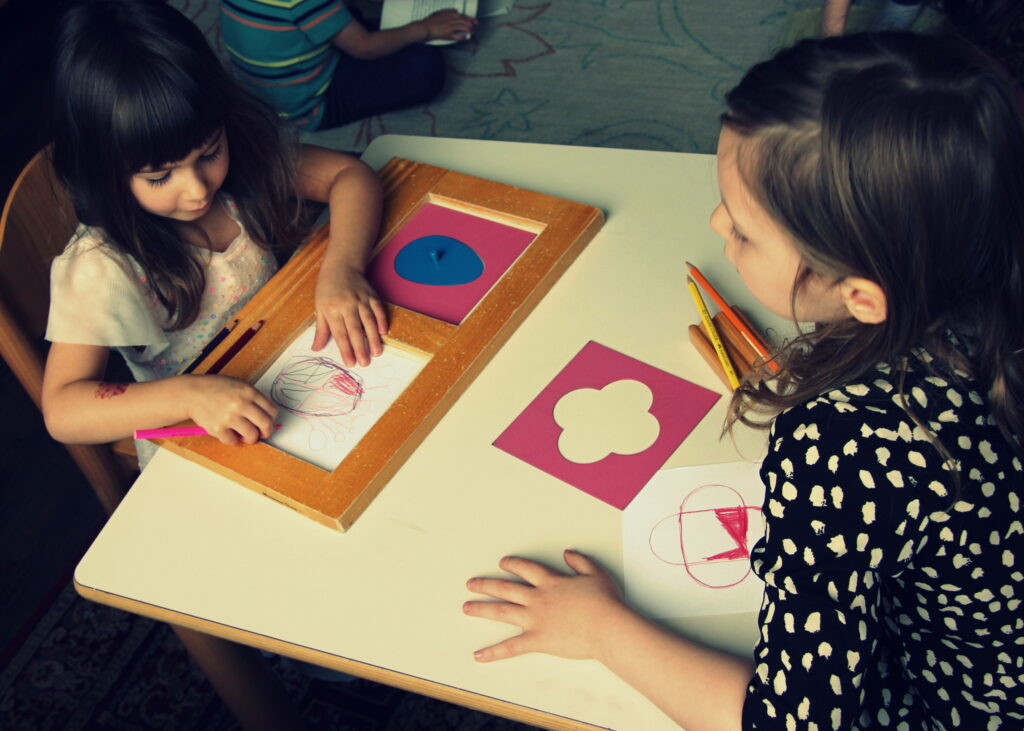
Science Area
Seasonal Works. As we talk about each season approaching, we offer materials to build seasonal scenes to explore the changes of each season. Children love to get creative independently or with a peer, often leading into a peaceful storytelling session.


Thank you for learning about some of our students’ favorite works! You’ll see many more images of students enjoying some of the works mentioned above in the following photos, along with many more materials that students are enjoying and exploring each day. Be sure to ask your child about certain materials in the images and see if they can teach you a thing or two about our Montessori Materials.
Most of the following photos capture our winter season, including a few remaining fall photos in the mix. Please share any comments that come to mind, as we love to hear from you!













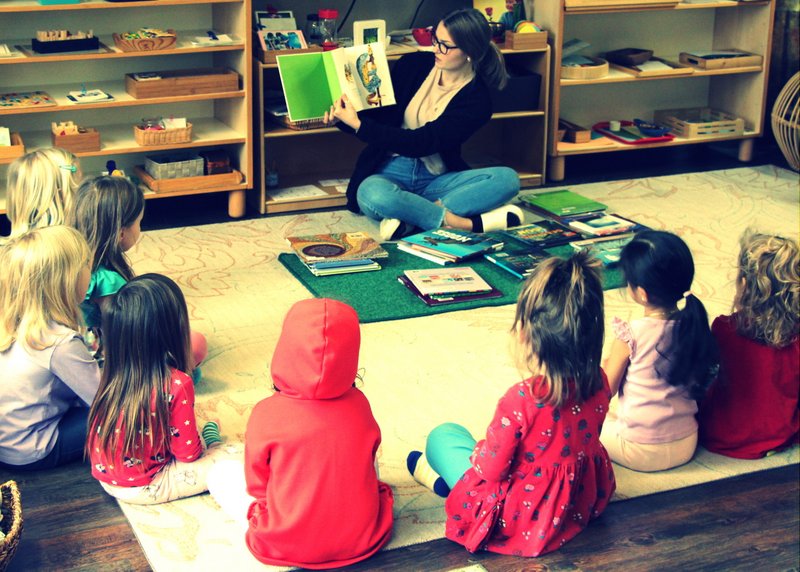
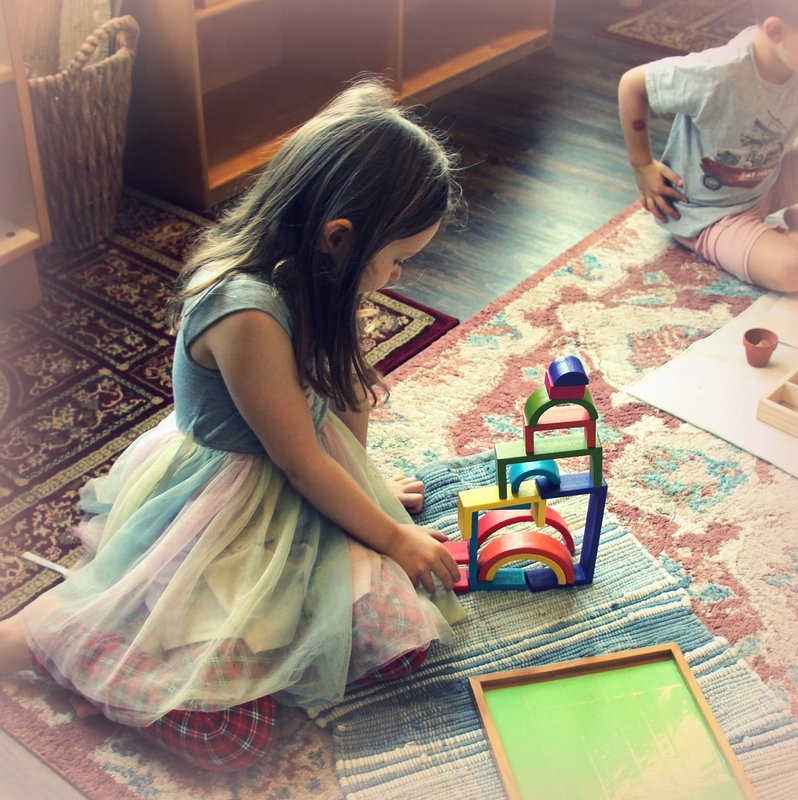

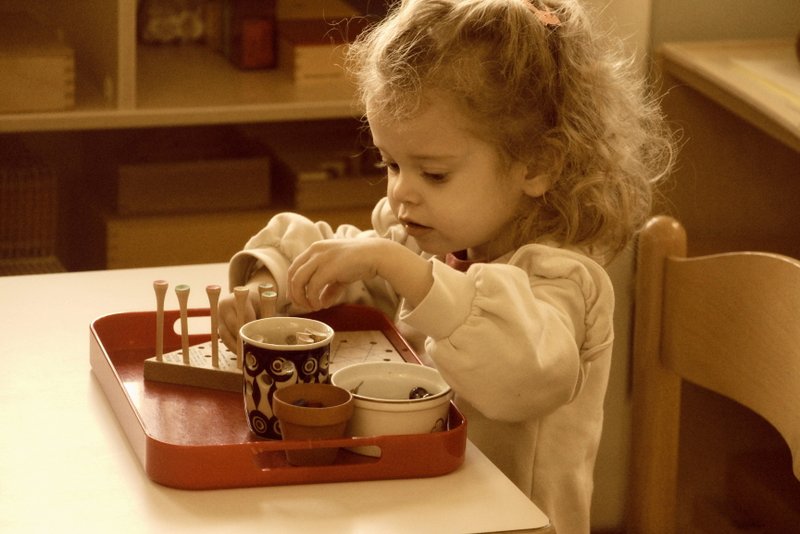



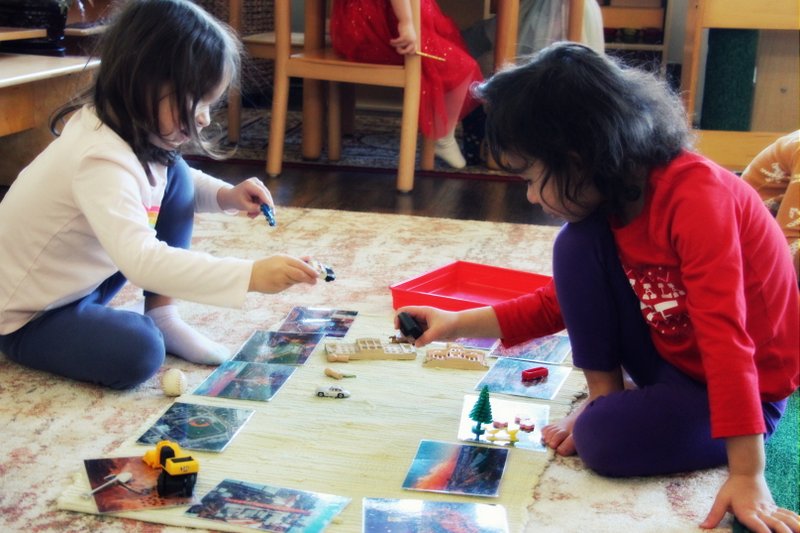

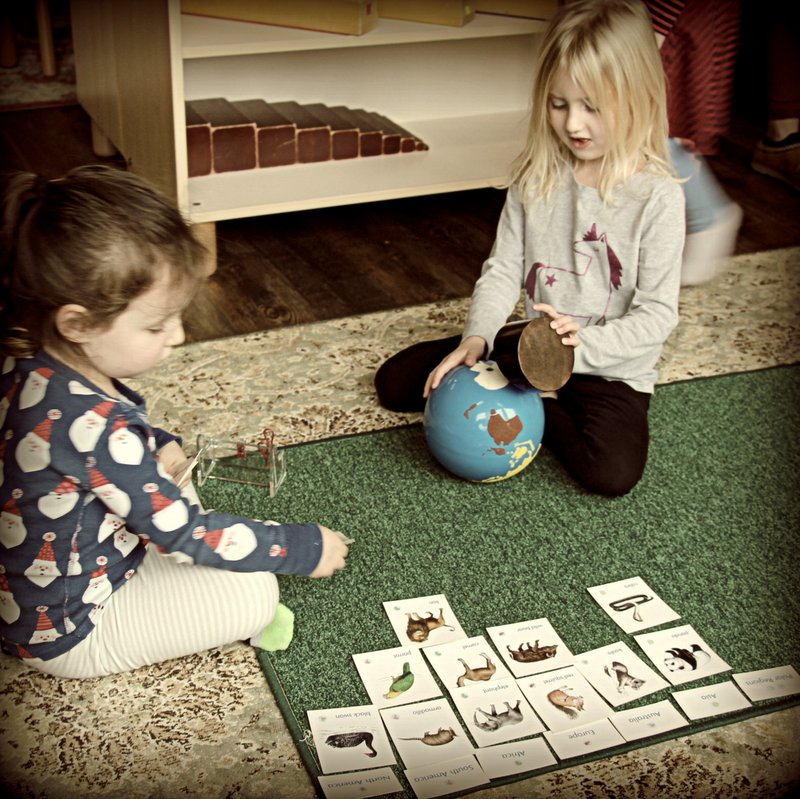

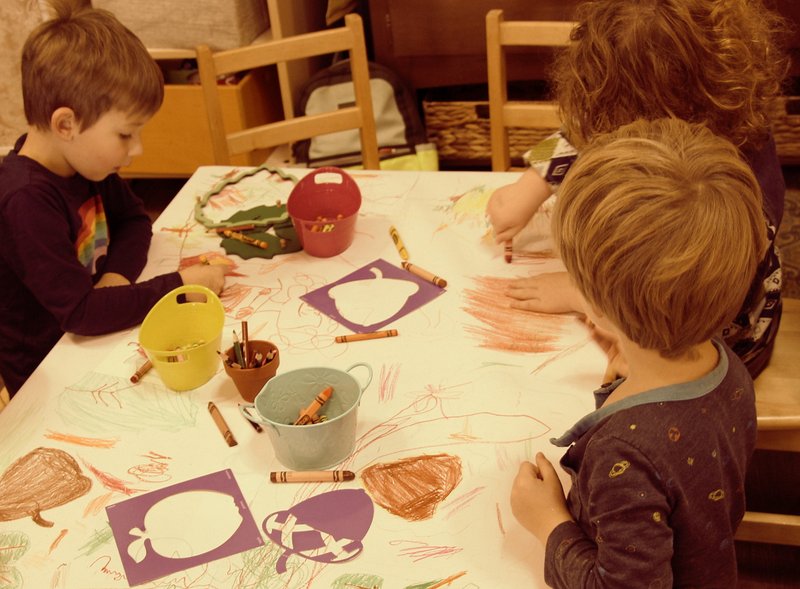
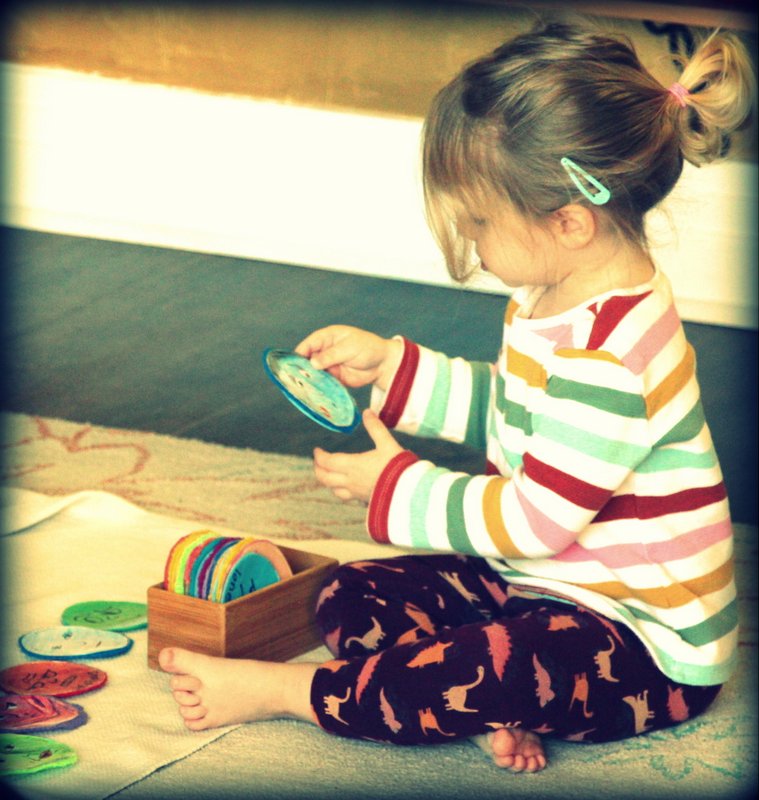

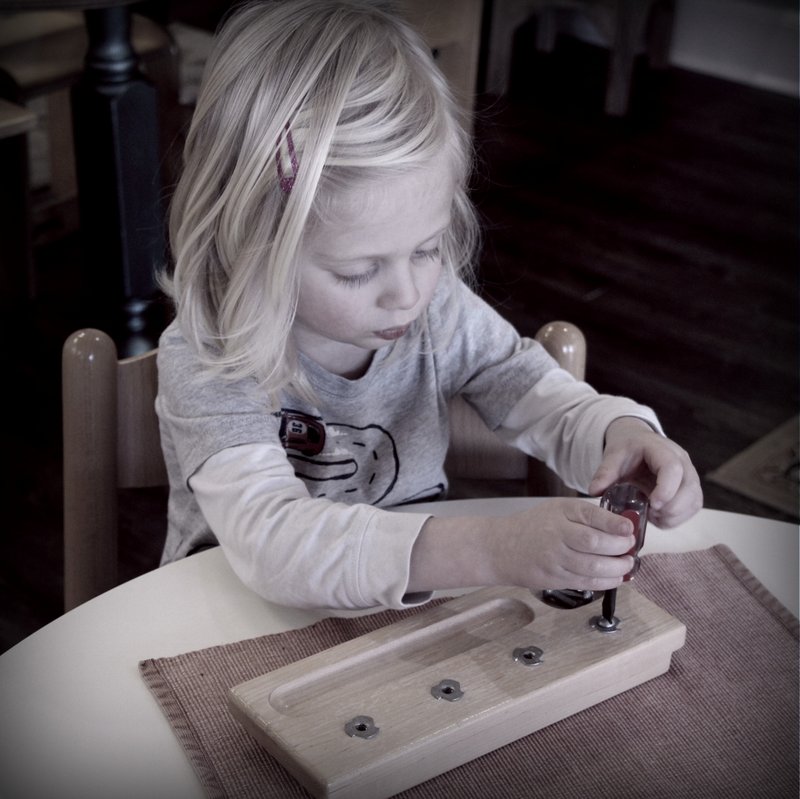
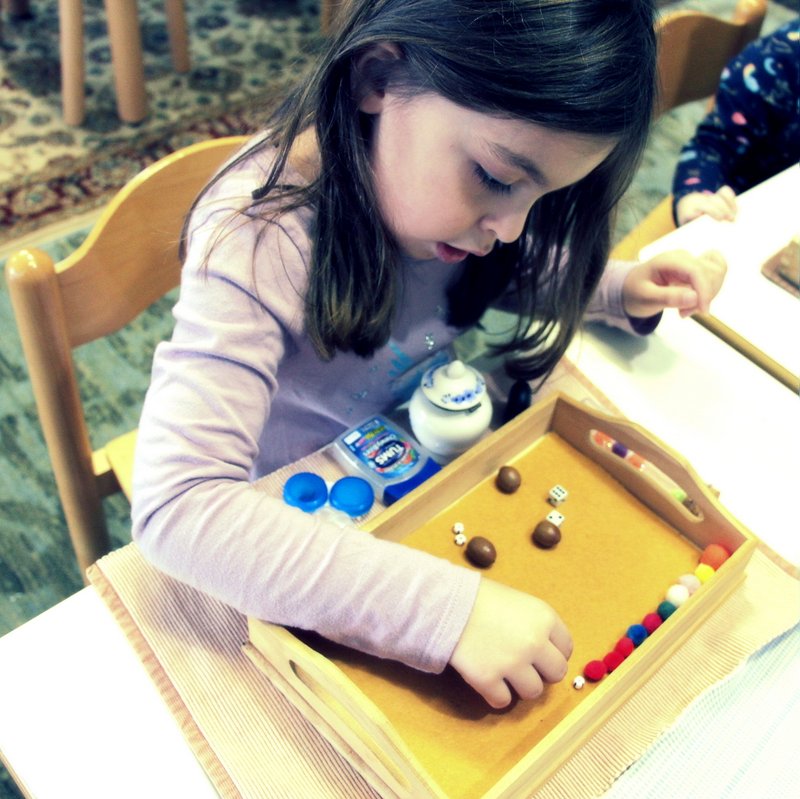








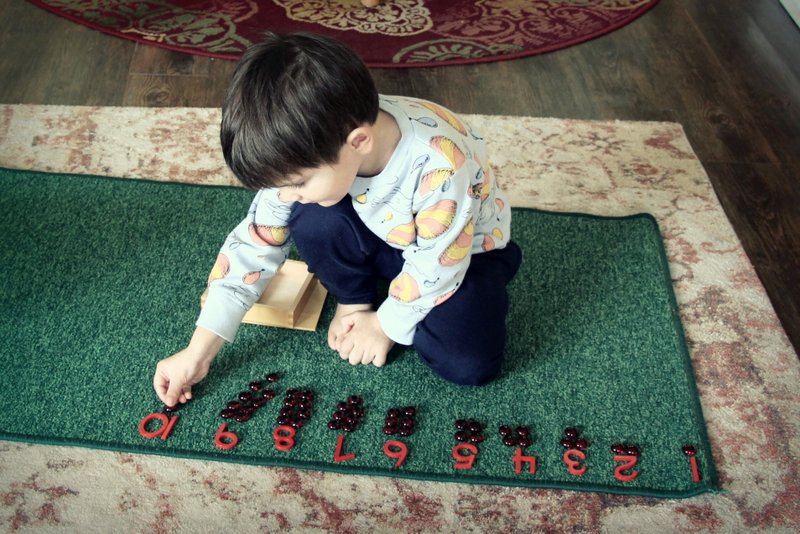






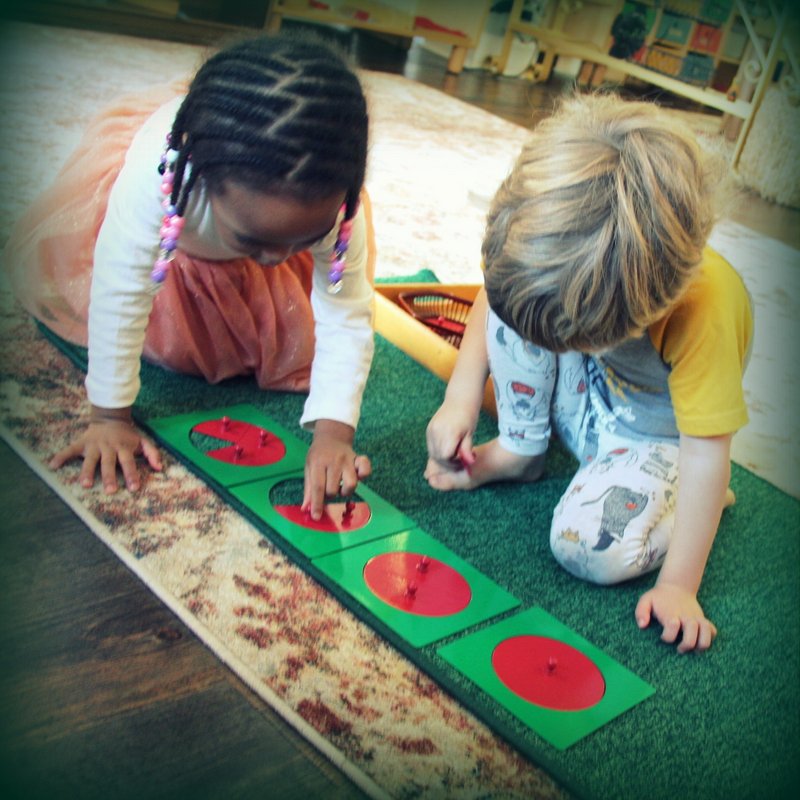

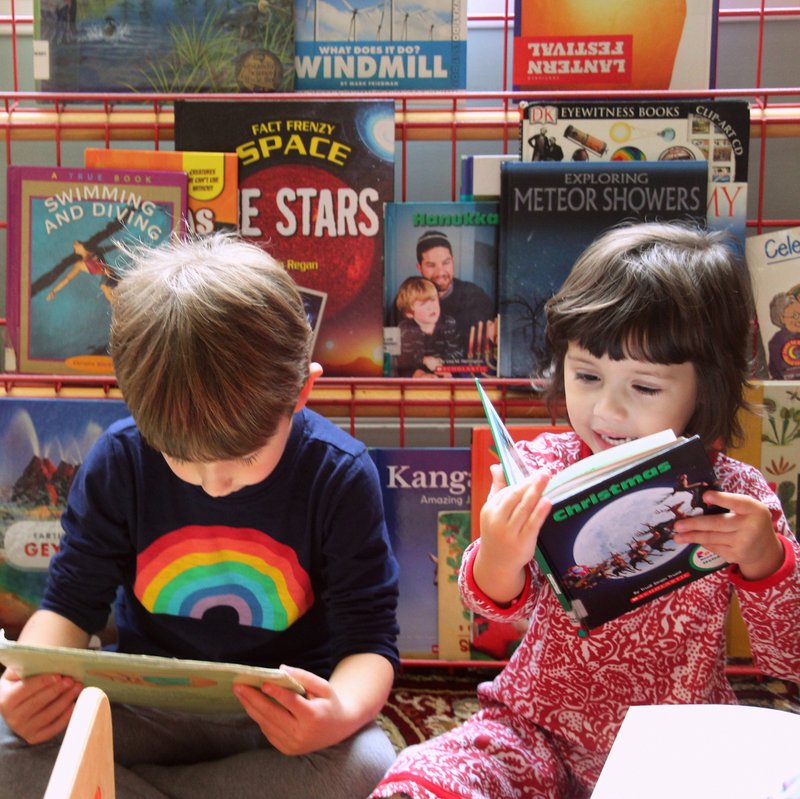


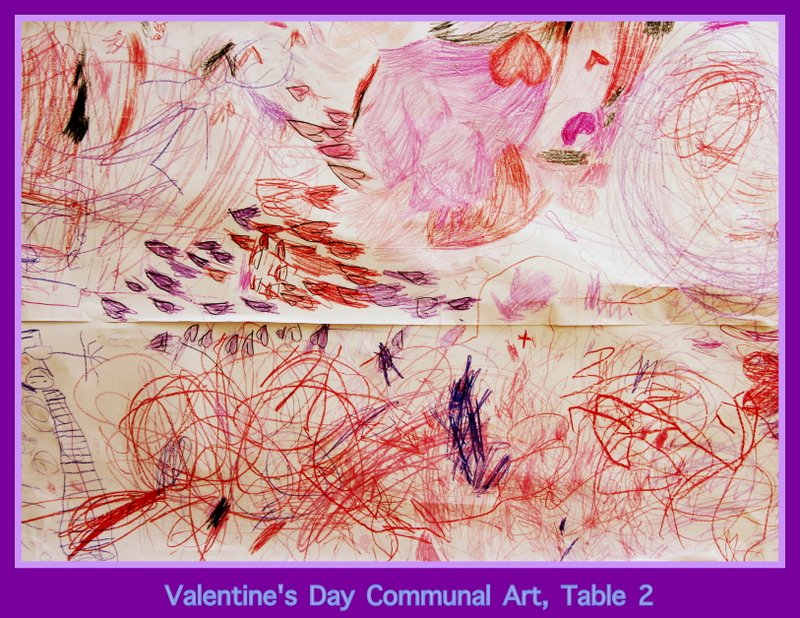






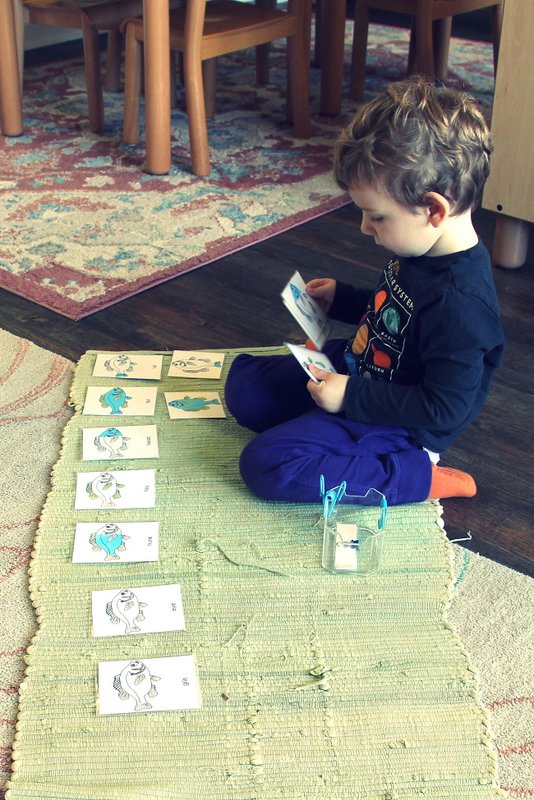




















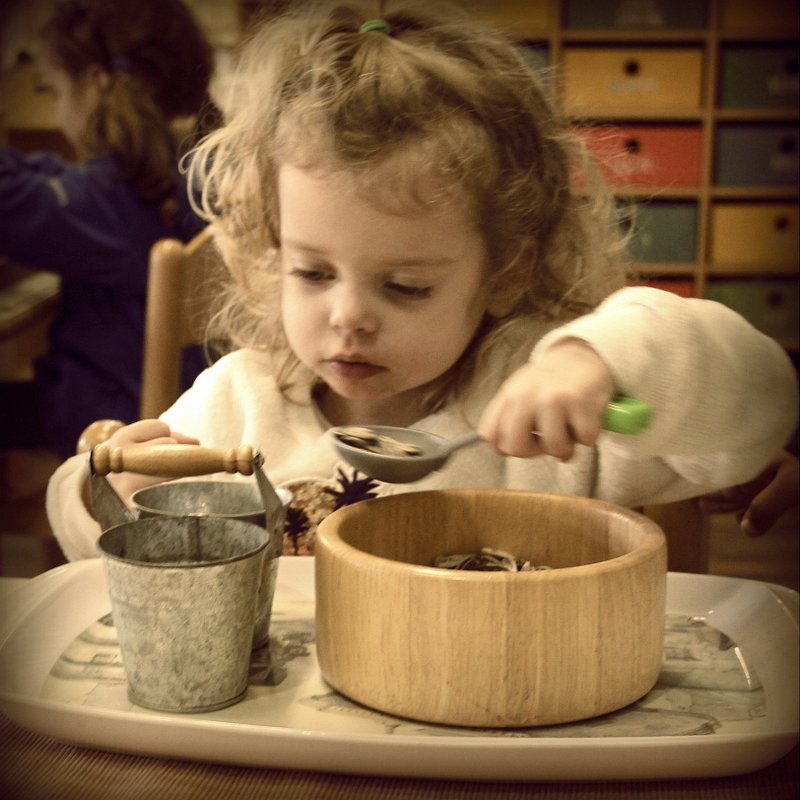



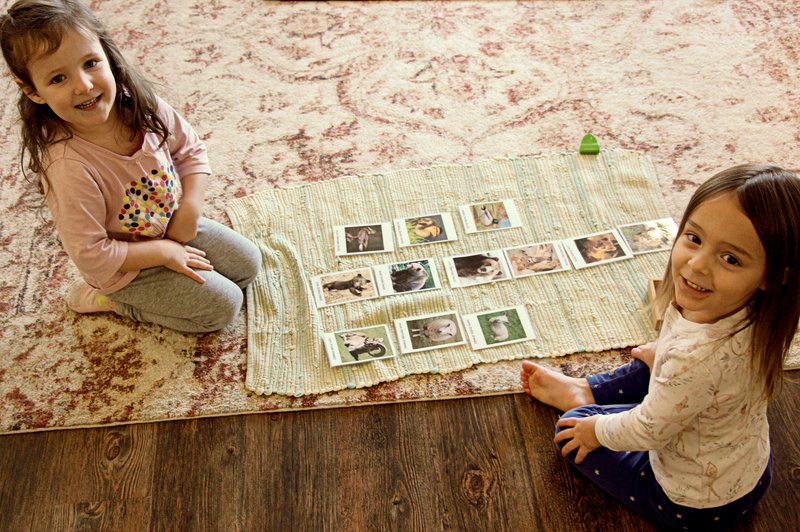




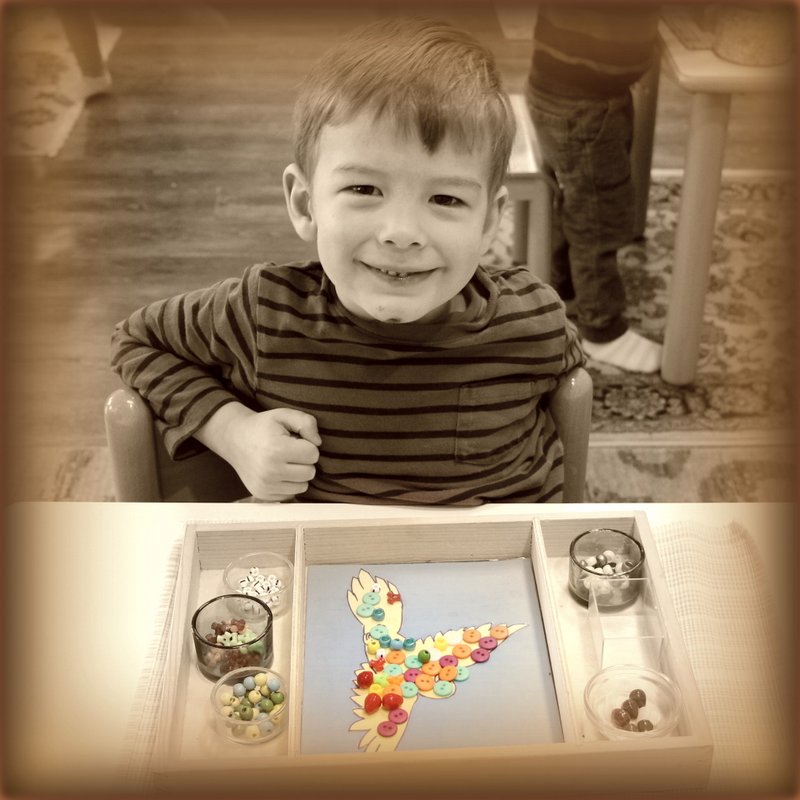


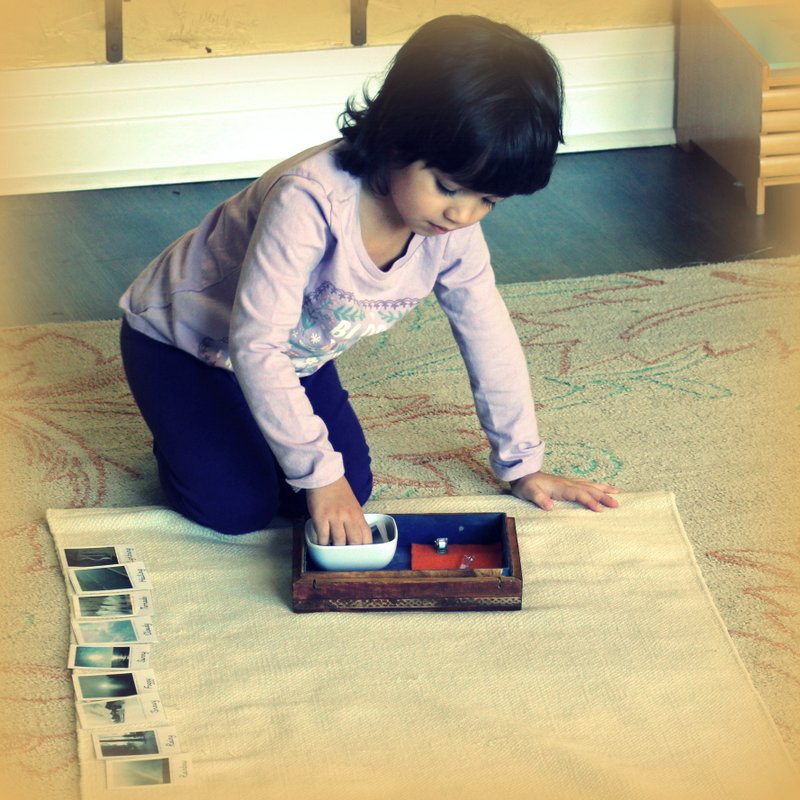


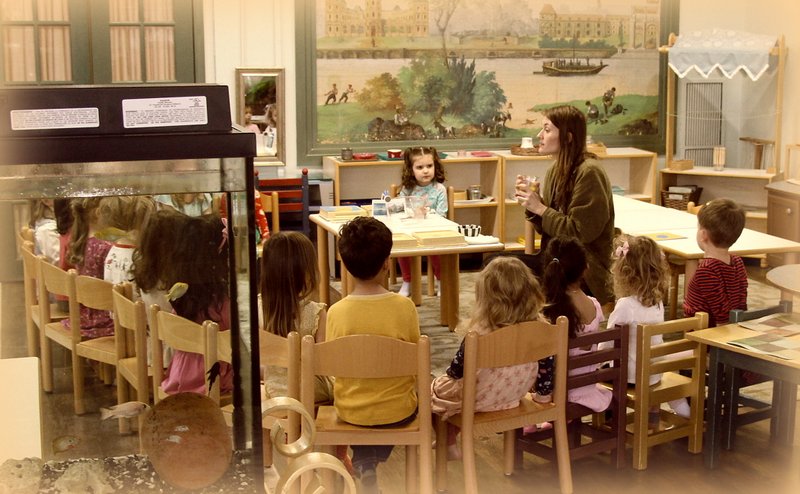
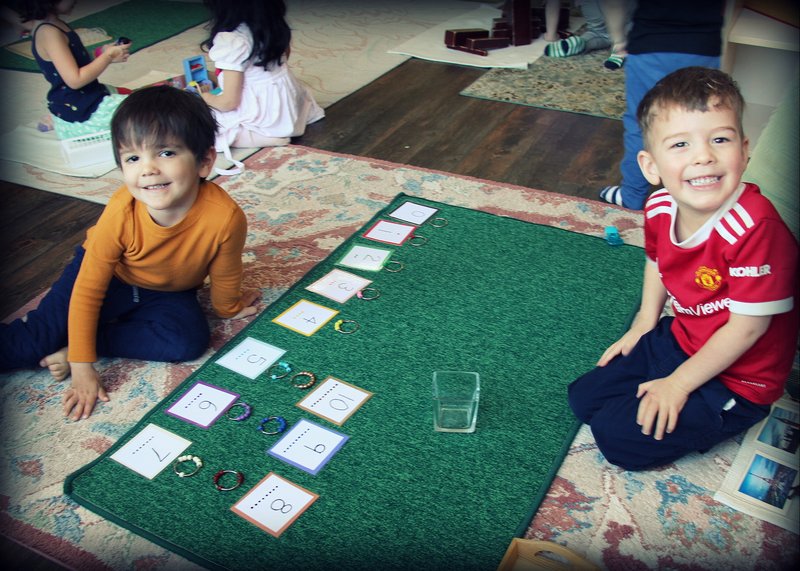



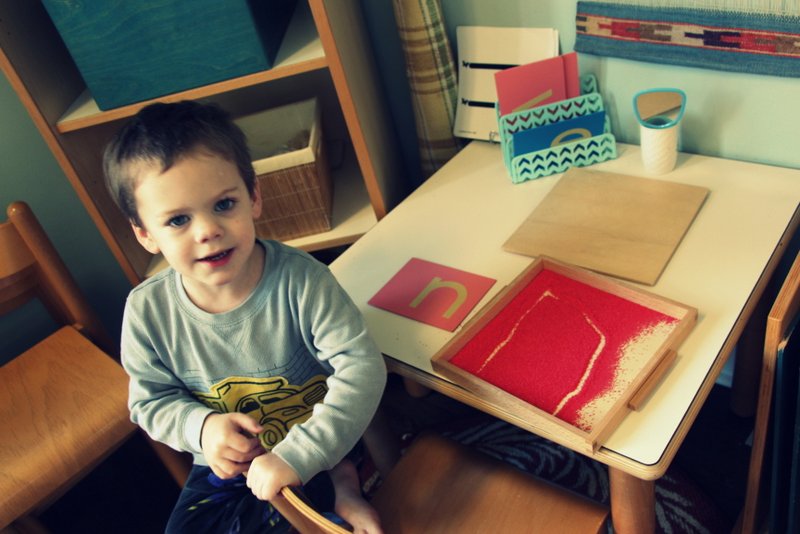


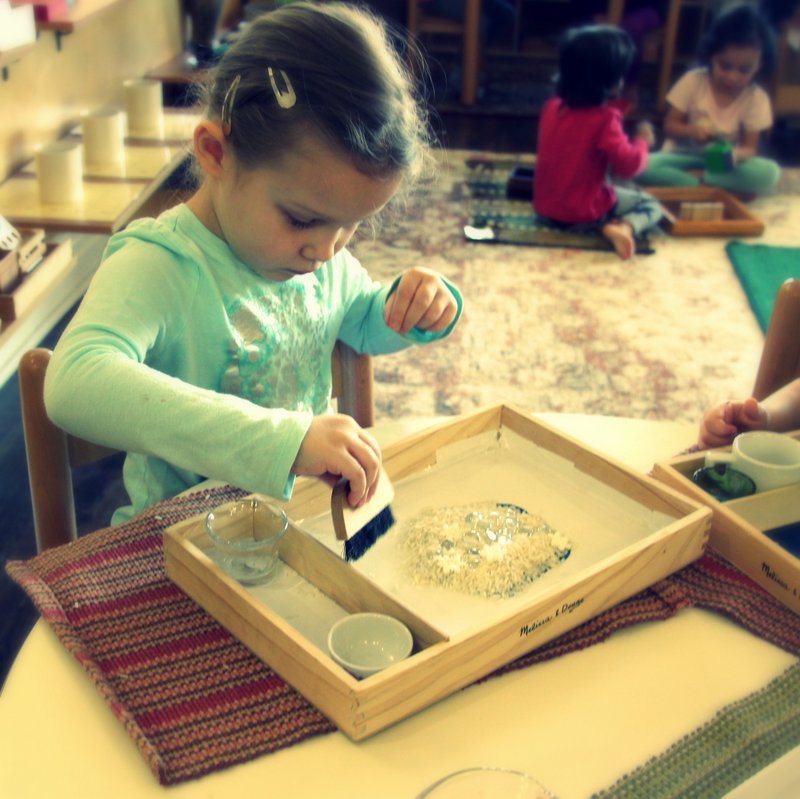

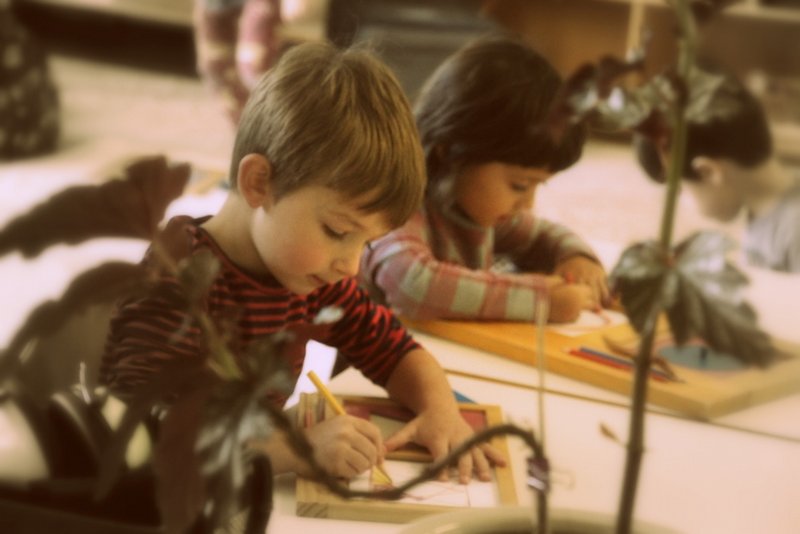


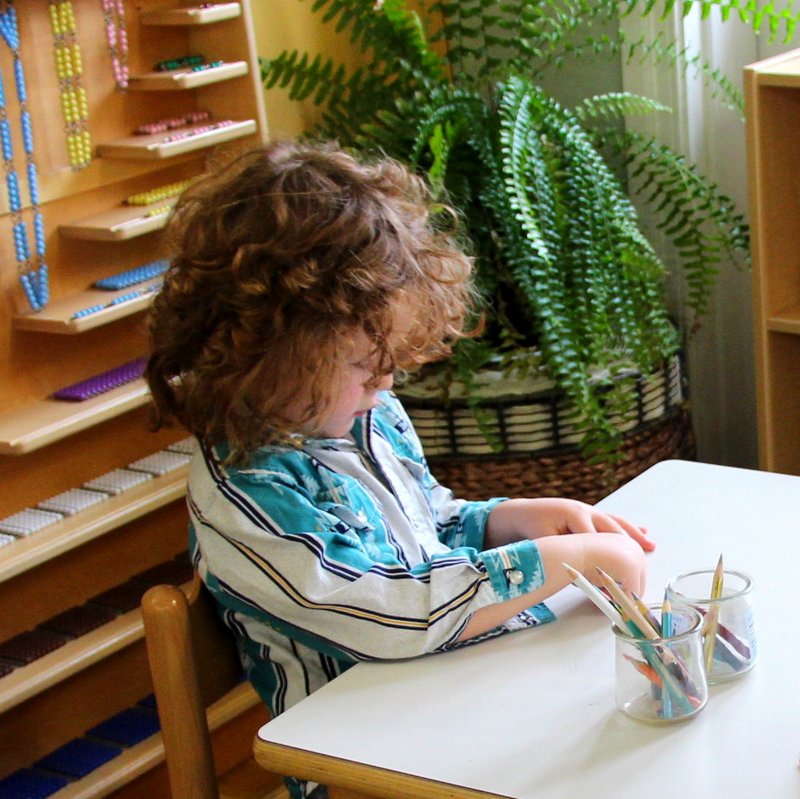
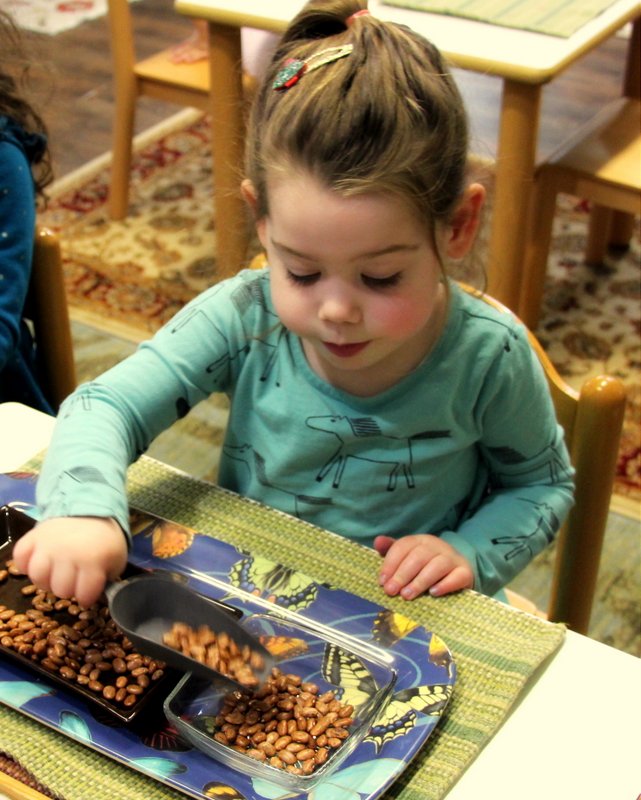







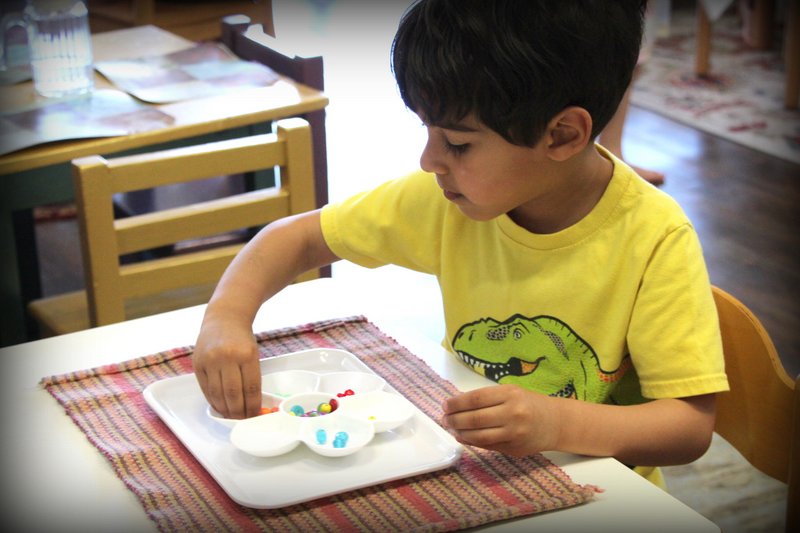
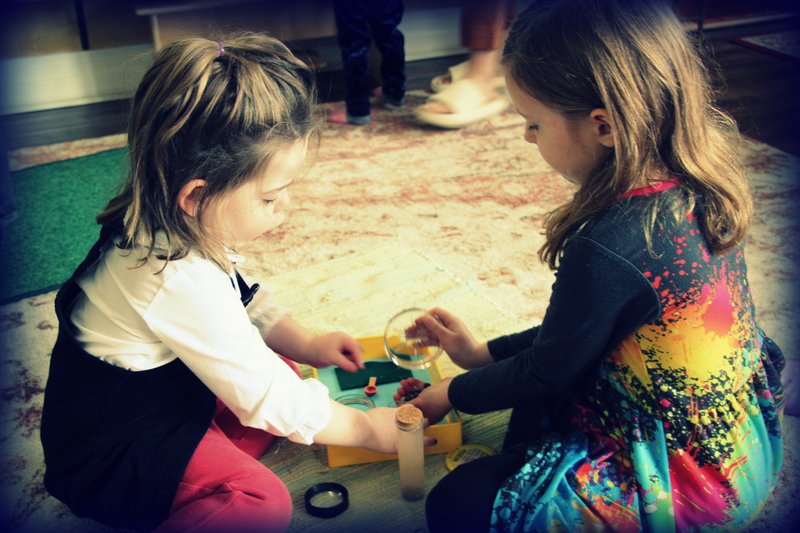




















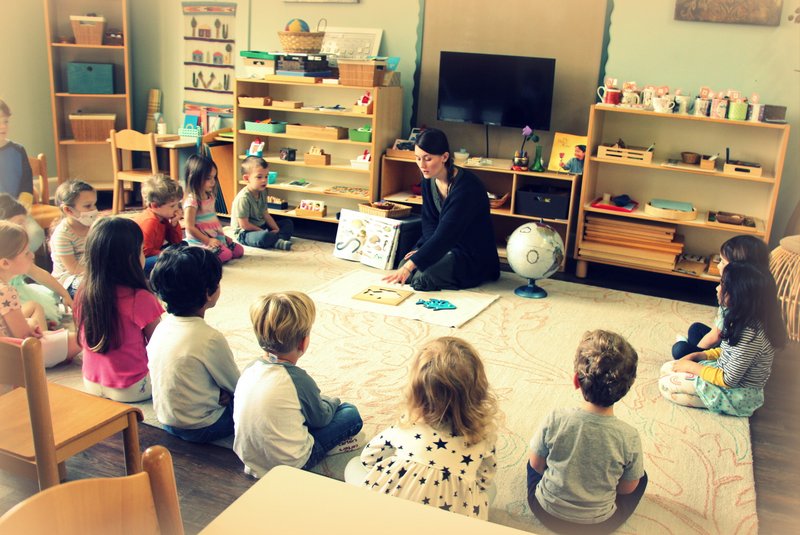



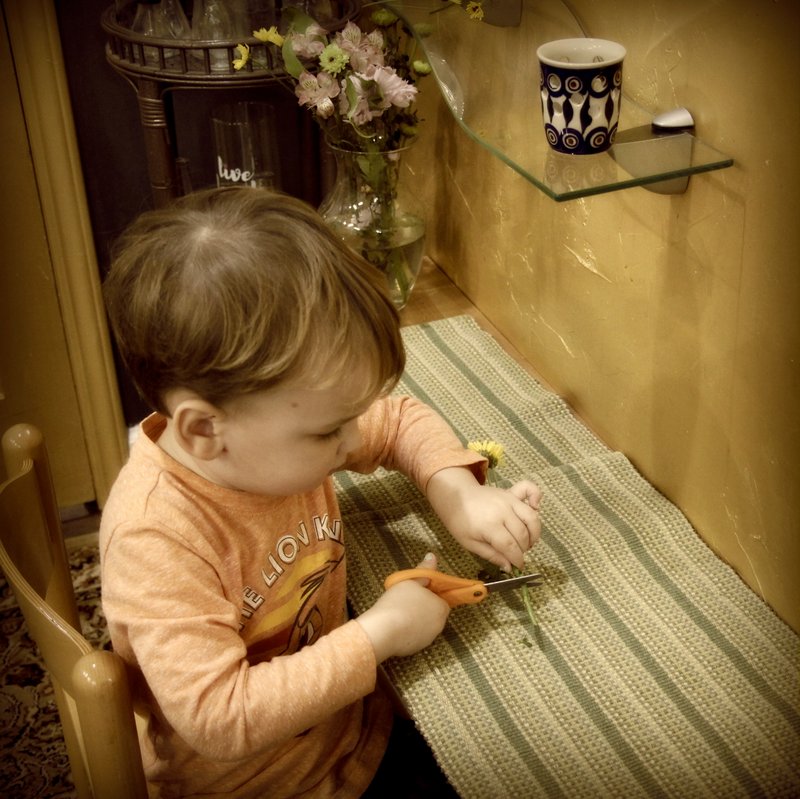








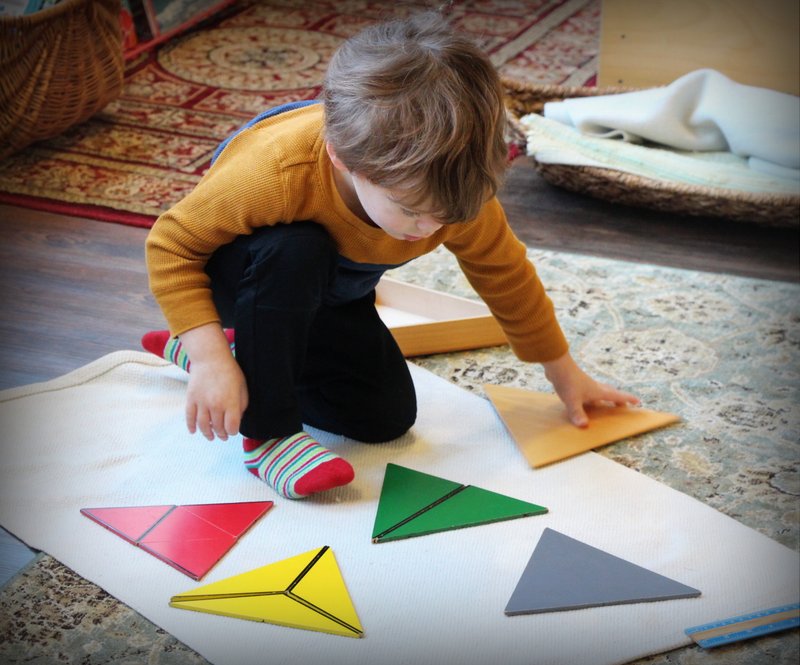





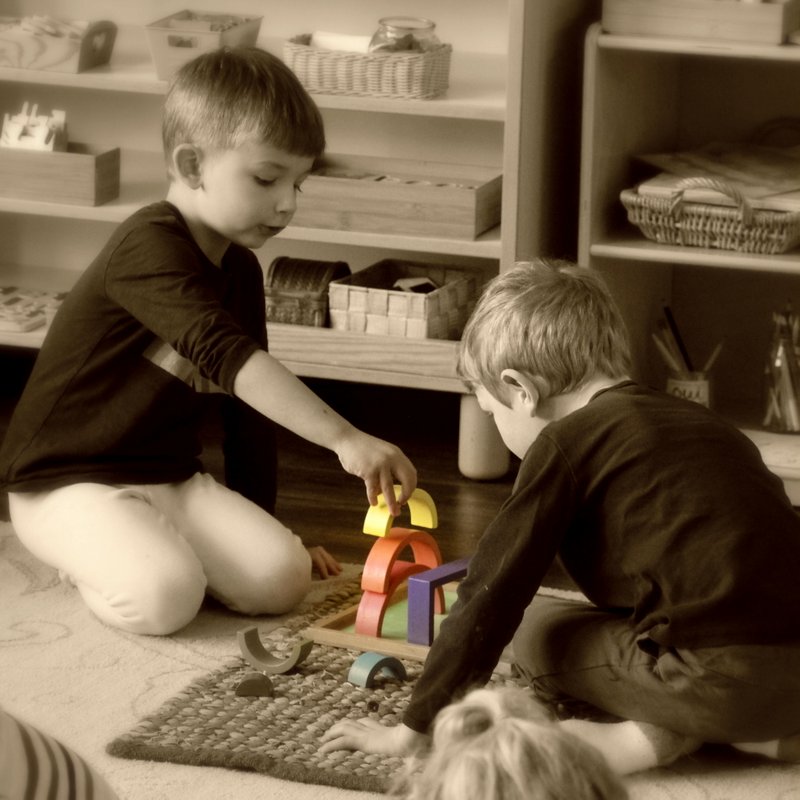

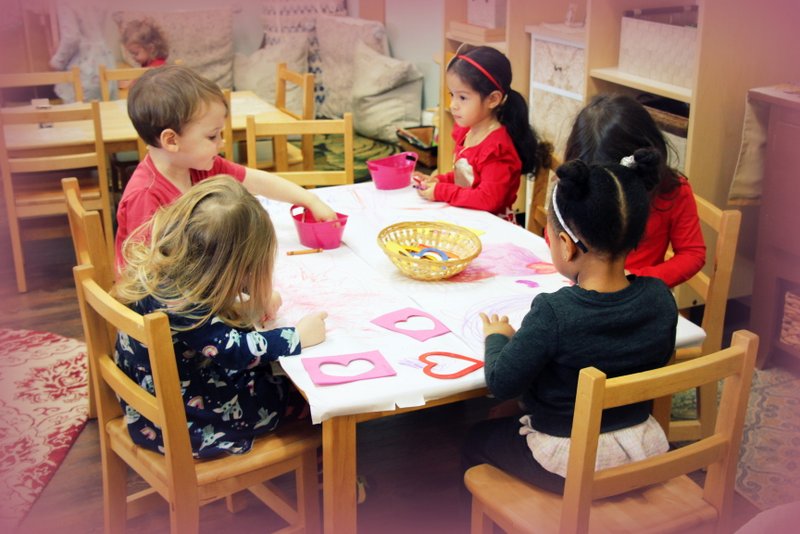


Happy Spring! We are excited to share with you more updates around the festivities over the past couple of weeks during lessons on Ireland and St. Patrick, along with upcoming lessons for Springtime. In the meantime, we hope that this blog can be used as a tool to bond with your child and to learn more about your child’s activity during our Winter Season. We invite you to share comments below, perhaps about something that your child has talked about at school – and you are certainly welcome to chime in on each other’s comments as well! The Indigo Primary Teachers appreciate your support as you trust in their dedication to educating your precious children!



